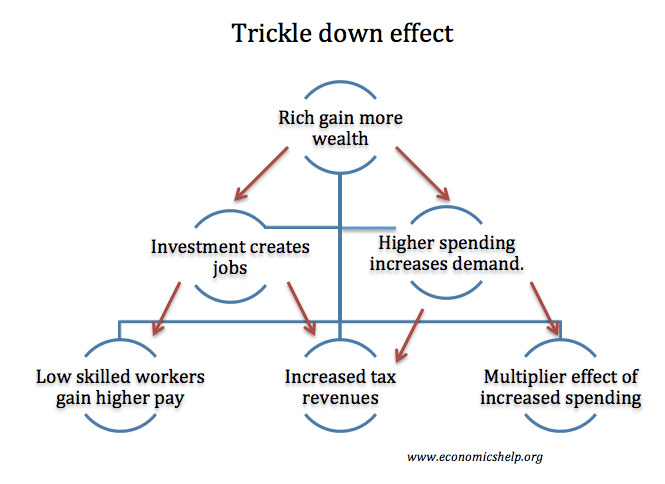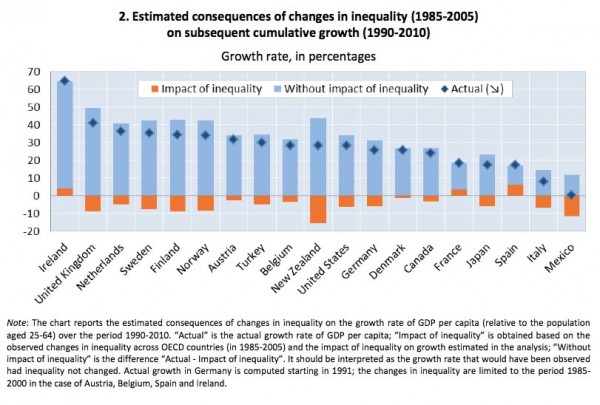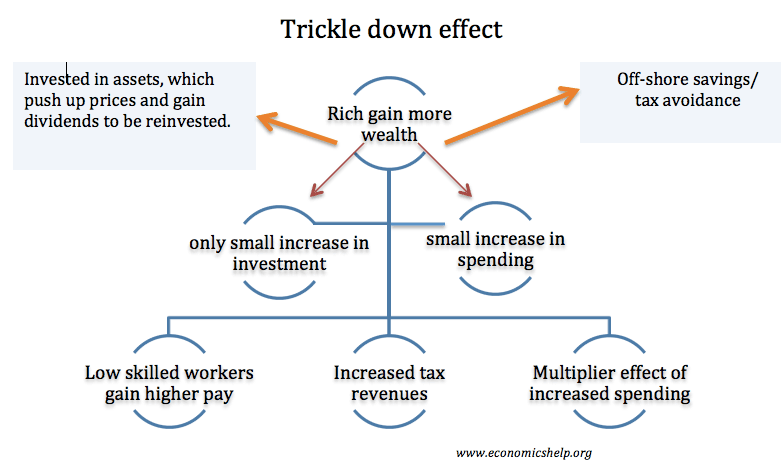- The crowding out view is that a rapid growth of government spending leads to a transfer of scarce productive resources from the private sector to the public sector where productivity might be lower
- If the government runs a big budget deficit, it will have to sell debt to the private sector and getting individuals and institutions to purchase the debt may require higher interest rates. A rise in interest rates may then crowd-out private investment and consumption, offsetting the fiscal stimulus
- Eventually higher government spending needs to be funded by higher taxes and this again acts as a squeeze on spending and investment by the private sector of the economy.
Rational Expectations View
- According to a school of economic thought that believes in ‘rational expectations’, when the government sells debt to fund a tax cut or an increase in expenditure, a rational individual will realise that at some future date he will face higher tax liabilities to pay for the interest repayments.
- Thus, he/she should increase his savings as there has been no increase in his permanent income
- The implications are clear. Any change in fiscal policy will have no impact on the economy if all individuals are rational. Fiscal policy in these circumstances may become ineffective.
Balanced budget fiscal expansion
- This concept has become a major topic of conversation in the debate over the economic effects of fiscal austerity in many countries in the European Union and beyond. Put simply, a balanced budget fiscal expansion occurs when a change in government spending is matched by an equal change in taxation so that there is a neutral effect on the annual fiscal deficit but with the hope that real national income will expand.
- Central to the concept is that the fiscal multiplier effects of say a £10bn rise in government spending are higher than the negative multiplier effects of an equivalent £10bn rise in taxes
Keynesian response to the crowding out view and rational expectations view
- The probability of 100% crowding-out is remote, especially if the economy is operating below its capacity and if there is a plentiful supply of saving available to purchase newly issued state debt
- Keynesian economists such as Paul Krugman argue that fiscal deficits crowd-inprivate sector investment. Well-targeted, timely and temporary increases in government spending can absorb under-utilised capacity and provide a strong multiplier effect that generates extra tax revenue.




